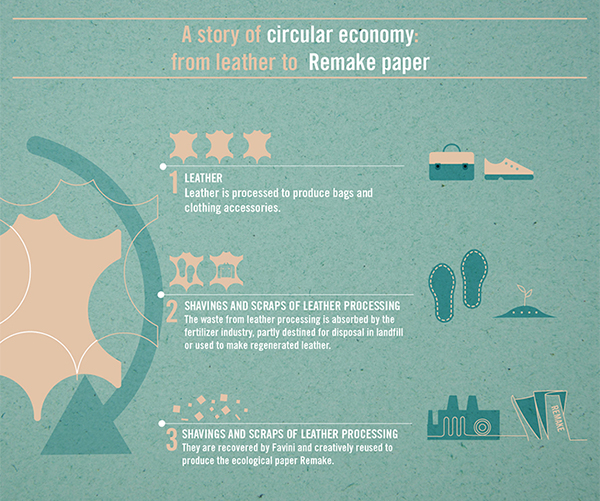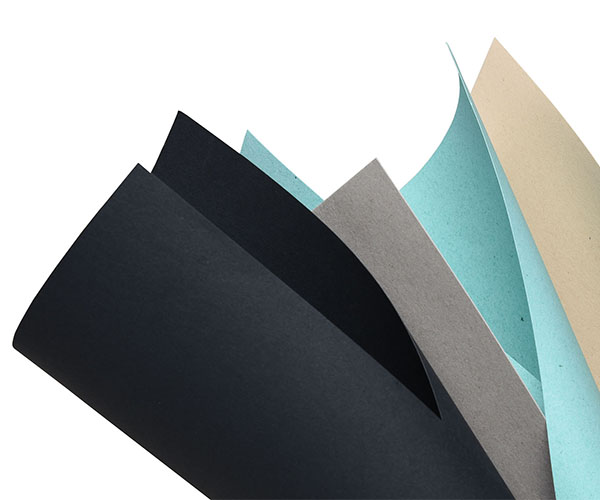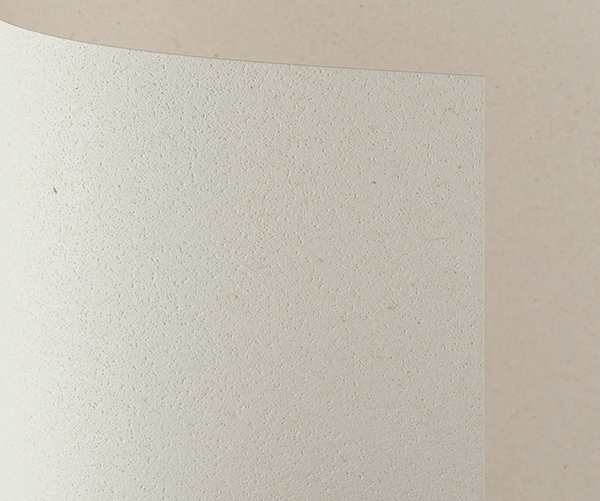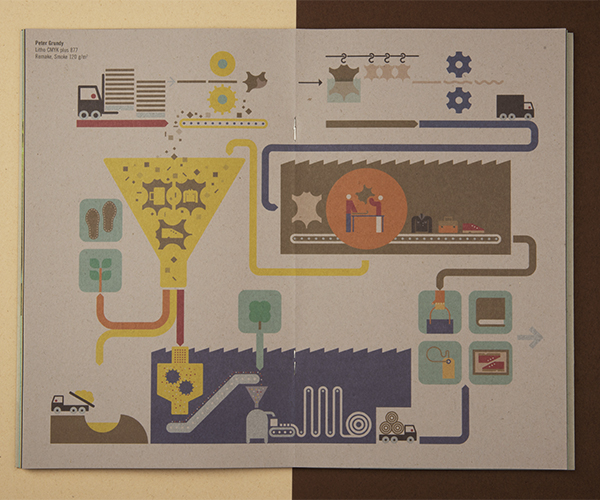Originating from leather comes Favini’s ecological paper Remake: leather by-products can become a raw material in the production of high quality ecological paper, when used in accordance to the logic of creative reuse in the circular economy.
The practice of reusing waste materials, that were otherwise destined to be thrown away, to create new objects of greater value than the original material, is called upcycling. Favini has been an adopter of this principle behind the circular economy since the 90s, following a sustainable path on which it continues today.
In this article, we will discover how the by-products from another industrial chain, the leather industry, can create a new innovative and eco-sustainable product: Favini’s paper Remake.
Beyond upcycling: industrial symbiosis and industrial ecology
The closed-loop system, in which all waste becomes a new raw material, is part of the concept called “industrial ecology”. This centres around the affinity between the natural system and the industrial system. The concept of “industrial symbiosis” is part of industrial ecology.
Favini’s ecological paper Remake was created thanks to such an industrial symbiosis, i.e. the process in which traditionally separate industries integrate their processes to promote competitive advantages through the exchange of materials, energy, water and, in the case of Favini and its ecological papers, using by-products.
Favini, extends its path of creative reuse which started with Alga Carta continued with Crush and has progressed further with its development of Remake.
The principle that unites these projects is creative reuse, but what distinguishes them further is the supply chain with which Favini has established a relationship of industrial symbiosis. This allows Favini to trigger the benefits which are associated with the circular economy.
Crush is the result of the interaction between the paper and agro-industrial sector, Remake, produced with 25% of leather by-products, comes from the industrial symbiosis between the leather and paper industries.
Remake: circular economy case history, from leather processing to eco-sustainable paper

The Italian tanning industry is historically considered a world leader in terms of value, creating 65% of production at European level and 22% of the total worldwide. [1]
The tanning production process is very complex and consists of a sequence of chemical and mechanical operations to transform raw hide into the prepared hide that will be transformed by the manufacturing industry into finished products, such as; footwear, bags, clothing accessories, furnishings, car interiors and many other products.
During these processes, waste is generated: the shavings occurring at the tanning phase, which derive from the shaving process of the hides to make the thickness uniform across the leather; and the scraps, in the manufacturing process phase, which are the remnants after cutting and are unusable to make any other finished products. [2]
Generally, the leather process residues are absorbed by the fertilizer industry and partly destined for landfill disposal or are used to obtain regenerated (bonded) leather. Bonded leather is made via a process that involves the use of synthetic or natural latex creating a durable product, but neither is recyclable.
Favini creatively reuses these residues, adding them to the mix of ingredients for the paper production, replacing 25% virgin cellulose with leather manufacturing by-products. For the production of Remake, Favini selects by-products of leather that are all sourced from traceable Italian origin ensuring the use of vegetable tanning and are free from chromium and other metals.
A new technology is then used for the treatment of the leather residues to obtain the alternative raw material used in the recipe. The residues are mechanically cleaned, purified then pulped and finally combined with tree fibres. This process is free of chemicals other than those used in the traditional production of paper.
Remake is born, a 100% recyclable and biodegradable paper a paper of excellent quality that is perfectly printable and convertible.

The softness of the touch of the leather has been transferred to another material: Remake paper, which is characterized precisely by its distinctive tactile sensation that heightens the experience of the paper with both sight and touch. The leather residues visible on the surface of the paper, in fact, give a distinctive appearance and a surprising soft and velvety tactile effect.
Remake is a concrete example of upcycling and application of the logic of the circular economy: the shavings and offcuts of leather processing move from a low-value product partially disposed to landfill, into production for a new high quality paper used in luxury printing and packaging.

In addition to the smooth finish in six different colours, Remake is also available in the embossed version Carapace. In the article “Carapace, the story of the development of an embossing” we interviewed Emanuele Ricci, the designer who conceived and developed the texture of the Remake embossing.

The artist Peter Grundy created an illustration to explain the life cycle of leather, from its processing to make accessories and footwear and also showing the creative reuse of its by-products to produce Favini’s ecological paper Remake. It is printed on Remake Smoke and is part of the Remake visual book “Up-cycling”.
Remake Story continues: eco-sustainable and recyclable papers for creative and design projects
Favini paper created from the industrial symbiosis between the paper and leather industry is used to create different applications that, once they are finished in use, will be recycled and are re-introduced back into the regular paper production cycle. Packaging and shoppers, brochures and communication materials, creative and artistic projects, will then continue their life cycle through successive paper production cycles remaining in accordance to a circular economy model.
Famous brands appreciate the quality of Favini’s Remake: Benetton Group chose Remake for all the swing tags of United Colors of Benetton, in acknowledgment of their sustainability campaign; Vivienne Westwood, the icon of British fashion, has produced exclusive packaging, whilst for Louis Vuitton we have created their own personal version of Remake Sand using their own leather by-products to make elegant shopping bags.

Be inspired by Favini’s Remake to create your creative projects on the Remake Pinterest board.
Have you use our ecological paper Remake and would you like to share the result on our social channels? Write your piece of circular economy history to [email protected].
Click to find out more about Remake and request the swatch.
[1]https://www.unic.it/conceria-italiana/industria-conciaria-italiana
[2] https://www.unic.it/conceria-italiana/processo-produttivo


